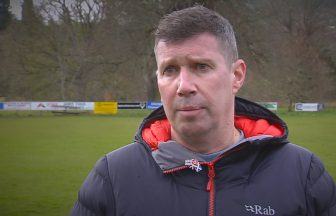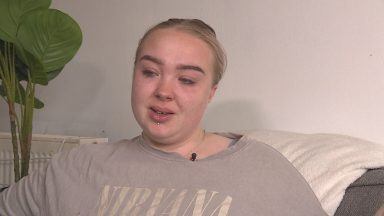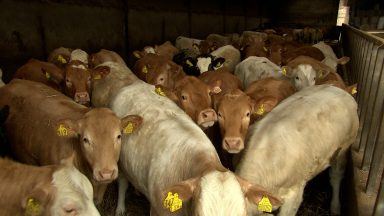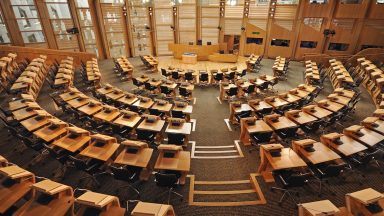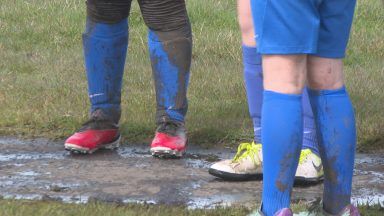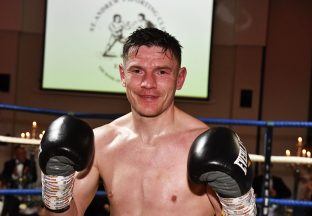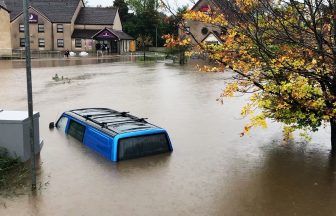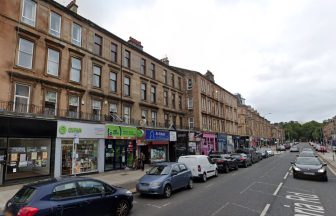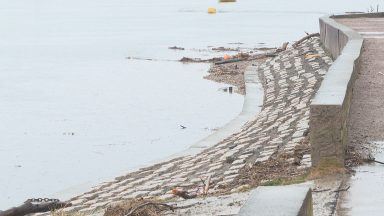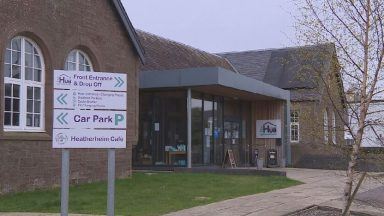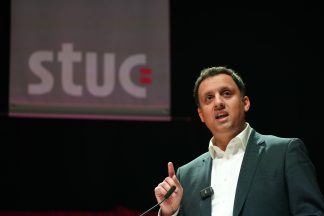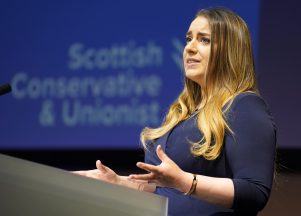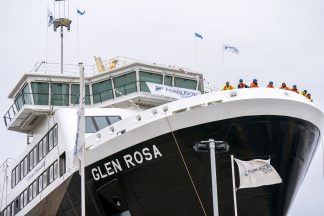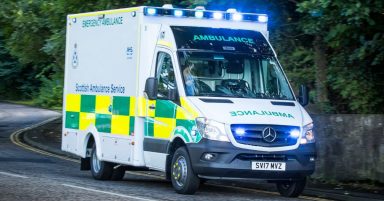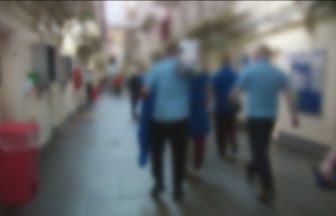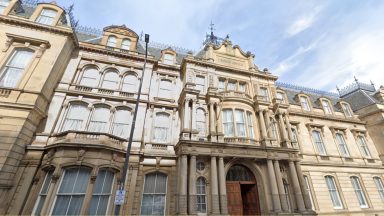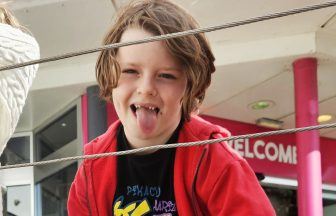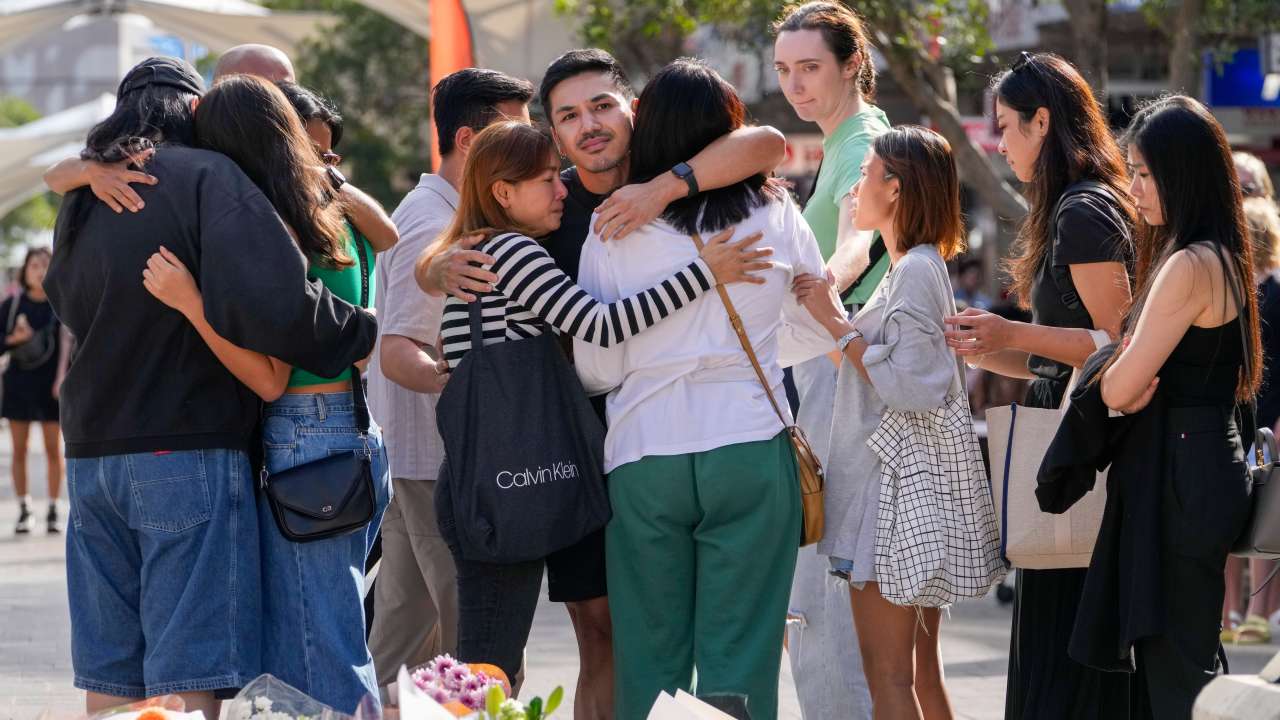Prince Philip’s relationship with Scotland began at a young age, having attended the prestigious boarding school Gordonstoun in Moray for the majority of his education.
The young royal, born Prince Philip of Greece, was forced to flee his home country with his family when he was just a baby following the Greco-Turkish war.
His uncle, King Constantine I, was forced to abdicate and Philip’s father, Prince Andrew, was arrested by the military government in an increasingly volatile country. With the royals’ lives at stake, the family fled to France with the aid of the British Navy, who sent a ship to rescue them.
The young Prince would leave his home country carried in a fruit box.
He attended a number of different schools as a child as his family adjusted to life outside of Greece. He studied in Paris and at numerous schools in England, encouraged by his grandmother Victoria Mountbatten, who took a shine to her blond-haired grandson and insisted he be given a proper education.
A brief stint in England then saw the Prince attend German school Schule Schloss Salem for a more ‘international’ education. Yet the threat of Nazi Germany saw the school’s Jewish founder flee persecution, travelling to Scotland to establish Gordonstoun in Moray, where Philip eventually transferred.
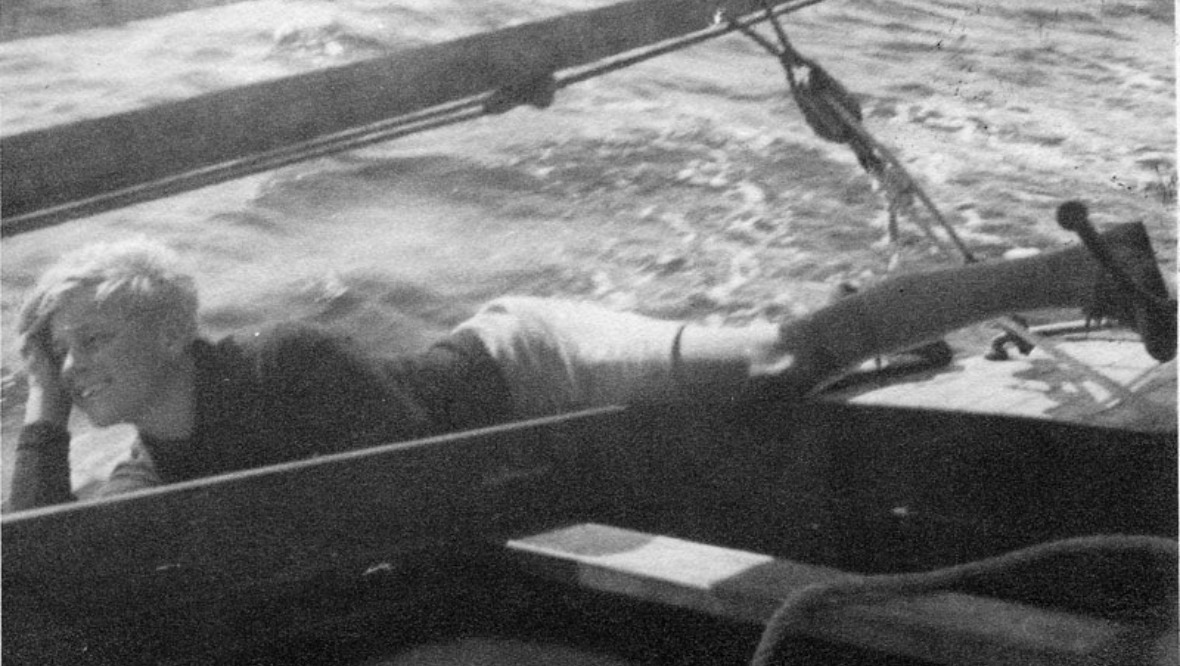 Gordonstoun
GordonstounAt Gordonstoun the young royal found an affinity with sports and was particularly gifted at cricket and hockey, captaining the school teams and becoming head of the school.
His love of sailing, which would eventually lead the young Prince to a career in the Royal Navy, flourished as he enjoyed school trips sailing around the coast of Scotland.
He left Gordonston in 1939, but it had such a profound effect on him he would later send all three of his sons to the school, Prince Charles the only one to openly dislike his time boarding there.
He would regularly visit the school in later years, most recently in 2014 to mark Gordonstoun’s 80th anniversary. He insisted on joining students in the queue for lunch, rather than taking a seat and having it brought to him, despite being in his 90s.
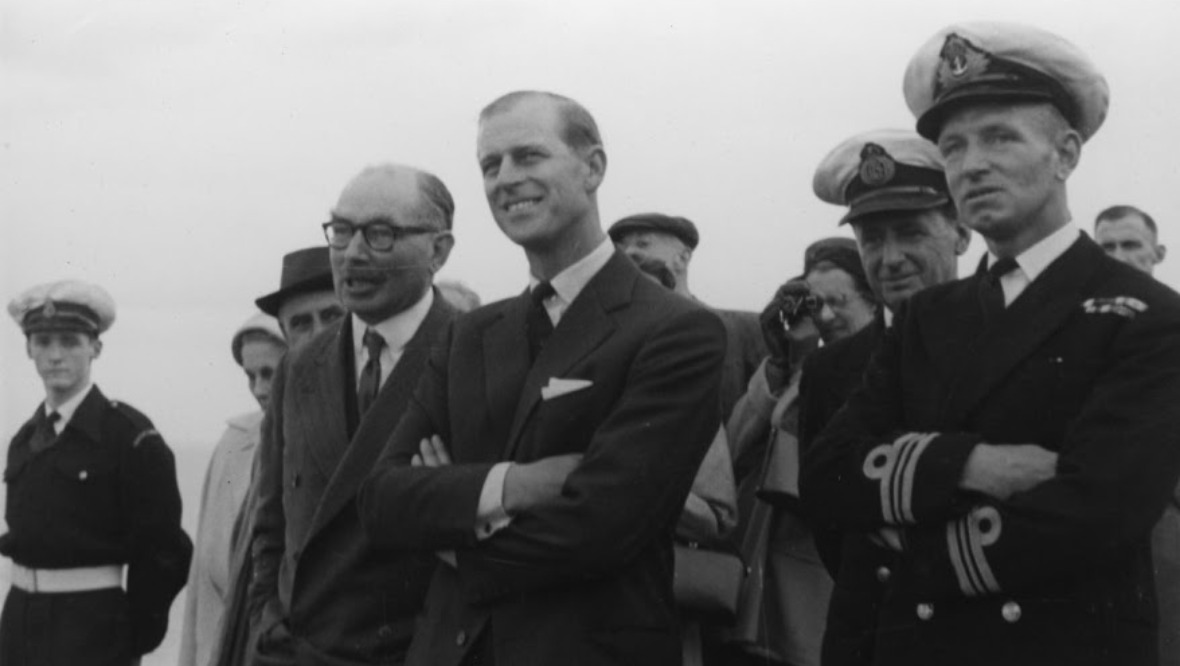 Gordonstoun
GordonstounJoining the Navy shortly after leaving school, the 18-year-old Prince began corresponding with the young Princess Elizabeth, his third cousin whom he had met some five years prior. He would rise the ranks in the navy and go on to serve in the Second World War.
The Prince’s relationship with Elizabeth blossomed and he was granted permission by Elizabeth’s father King George VI to marry her upon her 21st birthday. He gave up his Greek and Danish titles to become a naturalised British citizen and took the name Philip Mountbatten from his mother’s side of the family.
The young couple’s engagement was announced in July 1947 and a few days later, they travelled to Edinburgh with the rest of the royal family, staying at Holyrood Palace.
Amongst other meetings, they attended a ball at the city’s Assembly Rooms to celebrate their upcoming wedding some five months later.
In the hours before their marriage on November 20, the King granted Philip the title Duke of Edinburgh, of which he would be granted the freedom of the city in 1949.
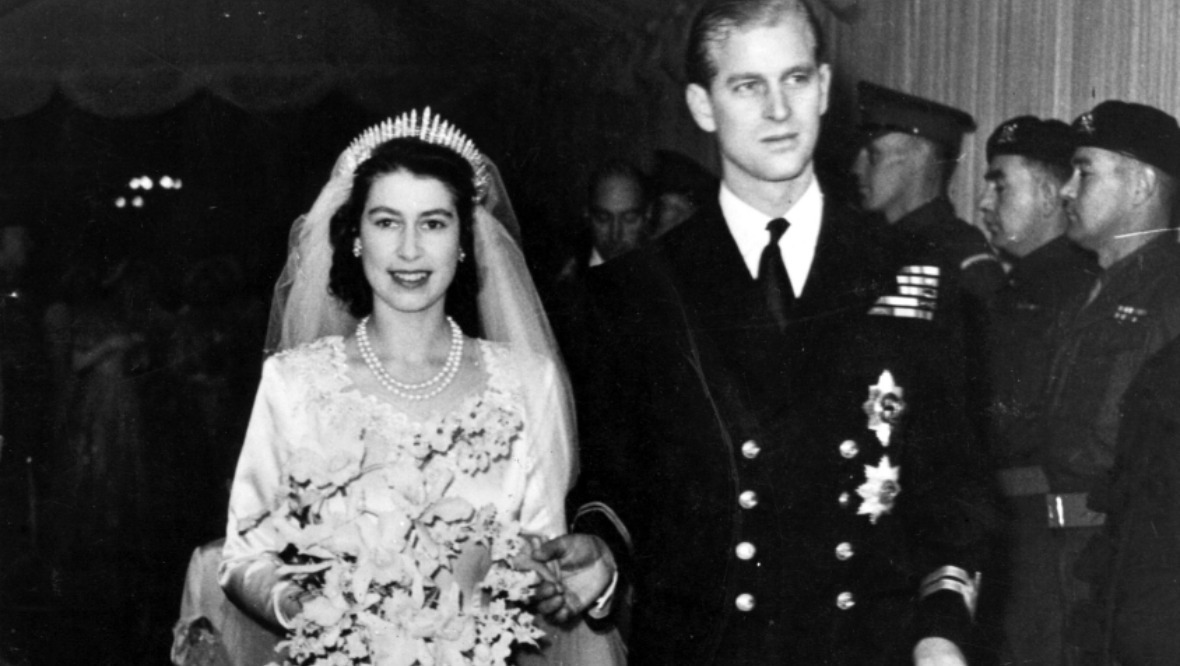 Getty Images
Getty ImagesHe would later lend his title to one of the Prince’s biggest success stories – the Duke of Edinburgh Award.
Established in 1956, it was inspired by the Moray Badge created by Dr Kurt Hahn, the founder of Gordonstoun, with the intention of giving boys a sense of responsibility. Girls were able to join the scheme in 1958.
The award became one of the most recognisable personal challenges for young people to undertake and the Duke would personally attend the scheme’s award ceremonies, presenting his 500th gold award in 2013 at St James’s Palace.
More than six million people have undertaken the Duke of Edinburgh Award in the UK since its inception, with more than 130 countries participating in the international award across the globe.
Balmoral Castle, the Royal family’s Scottish retreat, became a firm favourite with the Princess and Duke and they regularly took their young children Prince Charles and Princess Anne, and later Princes Andrew and Edward, for holidays along with their much-loved dogs.
The Duke was often photographed wearing a kilt whilst in Scotland, his sons also wearing the traditional Scottish dress. The family often wore the Balmoral tartan whilst in Scotland, which is only permitted to be worn by the royals.
Upon the King’s death in 1952, he became his wife’s royal consort as she was crowned Queen Elizabeth II.
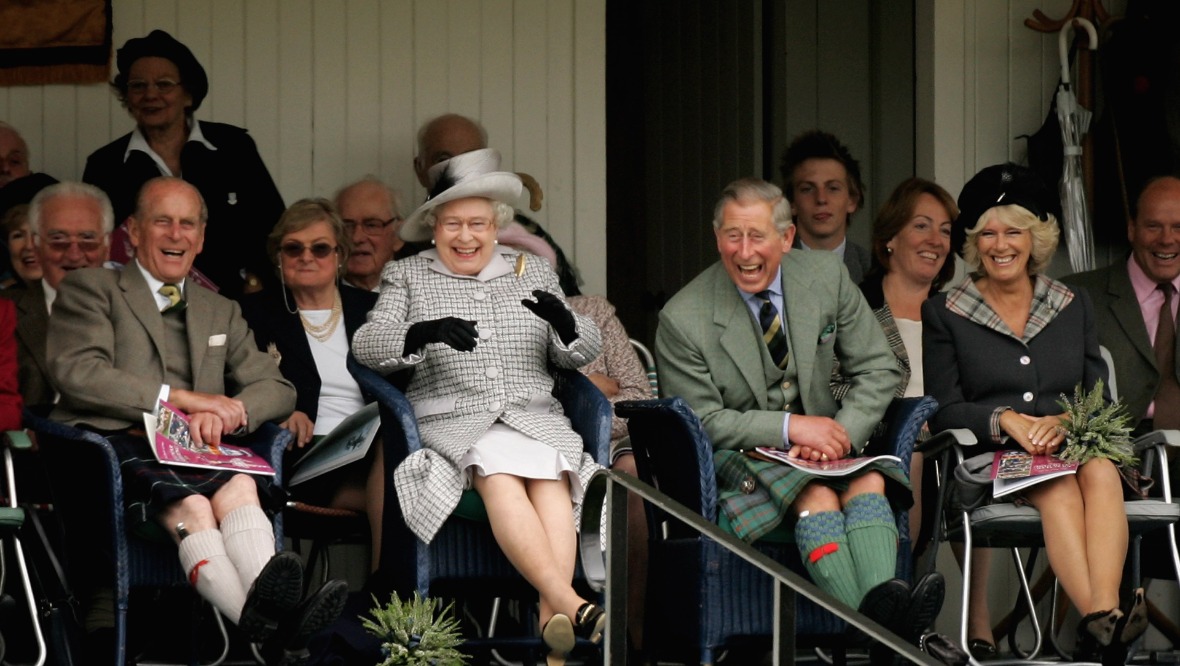 Getty Images
Getty ImagesTheir love of Scotland continued and he would regularly accompany the Queen to the Braemar Gathering, a historic Highland event near the Balmoral Estate which has been held in the area for more than 900 years.
After her ascension to the throne, the Queen became the patron of the games and attended every year from 1952 onwards, often accompanied by the Duke and on occasion their children. The Queen and Duke were often pictured laughing and joking whilst watching the games and traditionally, they attended church at the nearby Crathie Kirk the day after.
As he continued to support his wife throughout her reign, Prince Philip served as patron to more than 800 organisations. He was appointed Chancellor of the University of Edinburgh in 1953 and served in the role for almost 60 years, taking a keen interest in scientific development, conferring honorary degrees and often showing interest in ongoing research work undertaken by staff and students at the university.
He retired from the role in 2010 and was succeeded by his daughter The Princess Royal.
Prince Philip took a keen interest in Scottish architecture and accompanied the Queen to open the Forth Road Bridge in 1964, becoming the first people to cross the link between Fife and Edinburgh.
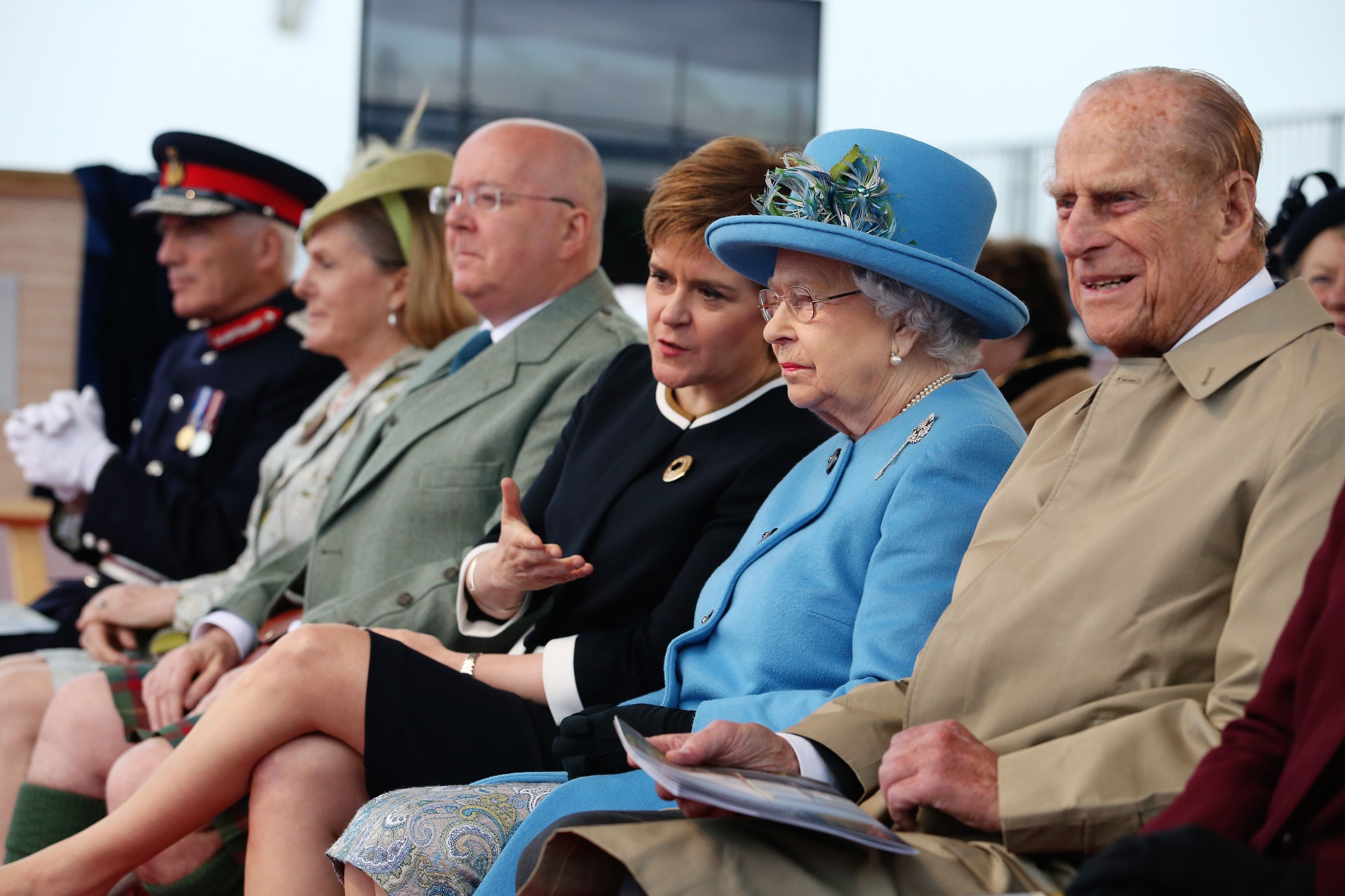 Getty Images
Getty ImagesSome 50 years later he would make a private visit to see the construction of the Queensferry Crossing, a new bridge designed to ease the pressure on the existing road bridge, at the age of 95. Along with the Queen, they became the first people to cross the new bridge after officially opening it in 2017.
As the Prince entered his tenth decade, he scaled back his public engagements, passing numerous patronages of charities on to other members of the family, surmising that he had ‘done his bit’. In 2017, he retired from royal duties.
He was an avid painter and cartoonist and many of his works are hung in royal palaces around the UK, including Balmoral.
The Prince’s health began to show signs of strain in 2008 when he was admitted to hospital with a chest infection. Over the next decade, he was hospitalised for numerous complaints, including a stint at Aberdeen Royal Infirmary after falling ill at Balmoral.
However, he walked out of the hospital five days later, thanking medical staff and joking with nurses to ‘behave themselves’. He returned to the royal Scottish residence to rest, waved off by staff and patients who congregated to wish him well.
He would continue to visit Balmoral with the Queen despite his health issues and in 2020, made his final journey to the royal residence in August.
It would be the last summer retreat the Queen and Prince Philip would spend together after more than 70 years of marriage.
Prince Philip was the longest-lived male member of the British royal family and the world’s longest-serving consort.

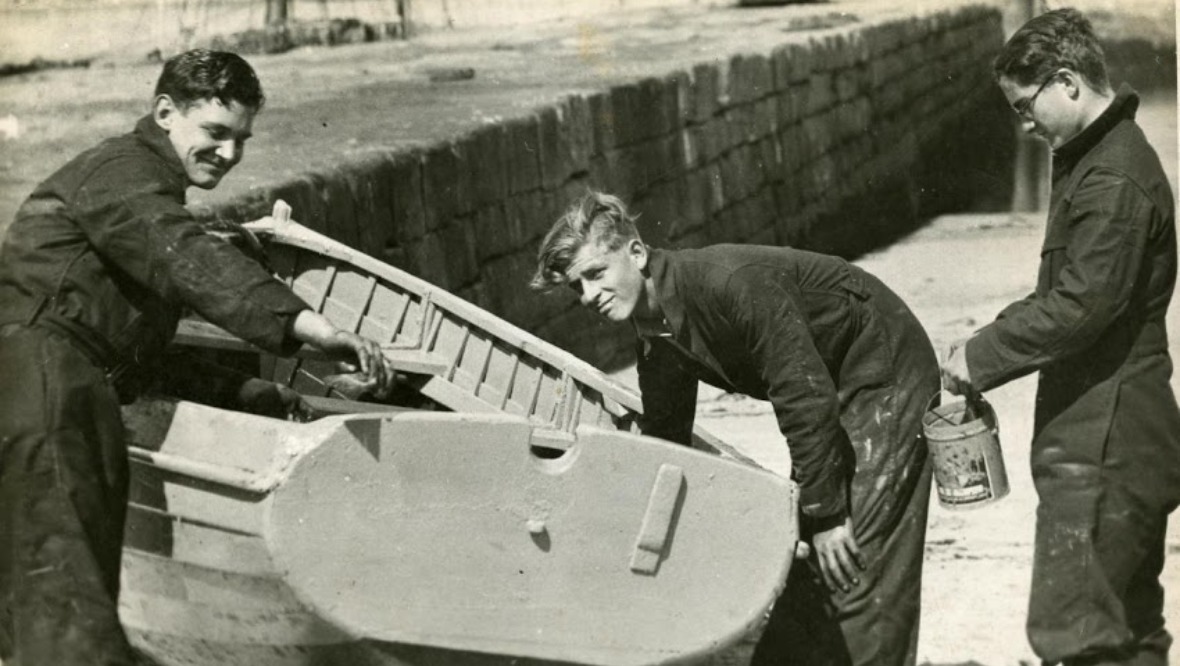 Gordonstoun
Gordonstoun
